One of our recent trips to Ratnagiri, Konkan Maharashtra, yielded an unusual discovery. Thousands of years old rock carvings made by early humans. Such carved drawings on rocks are called Petraglyphs, and we must be thankful to Mr Sudhir Risbud, who has painstakingly discovered, documented and made (continues to make) supreme efforts to preserve these and bring some public attention to these.
Our hosts told use as part of “what to do”, to speak to Sudhir Risbud on what we can see around the area and that he has interesting visits in mind. We had no idea we would be seeing rock carvings, made around 20,000 BCE to 2000 BCE! (Mr Sisbud says it is very difficult to accurately time these peraglyphs, but we can get a fair idea from the materials used and the animals portrayed. We find drawings of Rhinocerous, but they have been extinct from this area for 10s of thousands of years. Elephants have been carved as well, which are not found here for many years now).
We fixed a date with Sudhir Risbud he asked us to come to a certain location where he would be bringing other visitors. These locations are as yet not mapped on popular apps (thankfully, since many of these are not yet properly protected), so we kind of lost our way. Weak phone signals further complicated things. Finally we managed to speak to Mr Risbud, waited for him at a village crossing and when his car reached we followed him to the interiors of the plateau region. Walking through the tall grass we saw this spot with a aesthetic brick boundary built around it and a small raised podium where one can stand to get a toppish view of the carvings.
We saw a rather well detailed drawing of a male tusker with 5 toes. I was wondering the person who carved it knew how to count and had remarkable observation.
Mr Risbud and Dhananya Marathe have been searching for and documenting about 1200 such carvings since 2012, when Mr Risbud accidentally came across one site, and rightfully wondered there must be many more. These are carvings from the stone age, when woman (and man, for that matter) was a hunter gather. Most of the drawings art of animals : elephants, rhonocerous (which are no longer found here), deer, fish, birds, wild boar. Some carvings look like human figures. Some are abstract. Were these just observations? Were they meant to convey something to the next bunch of hunter-gatherer teams coming from behind? Will we ever know?
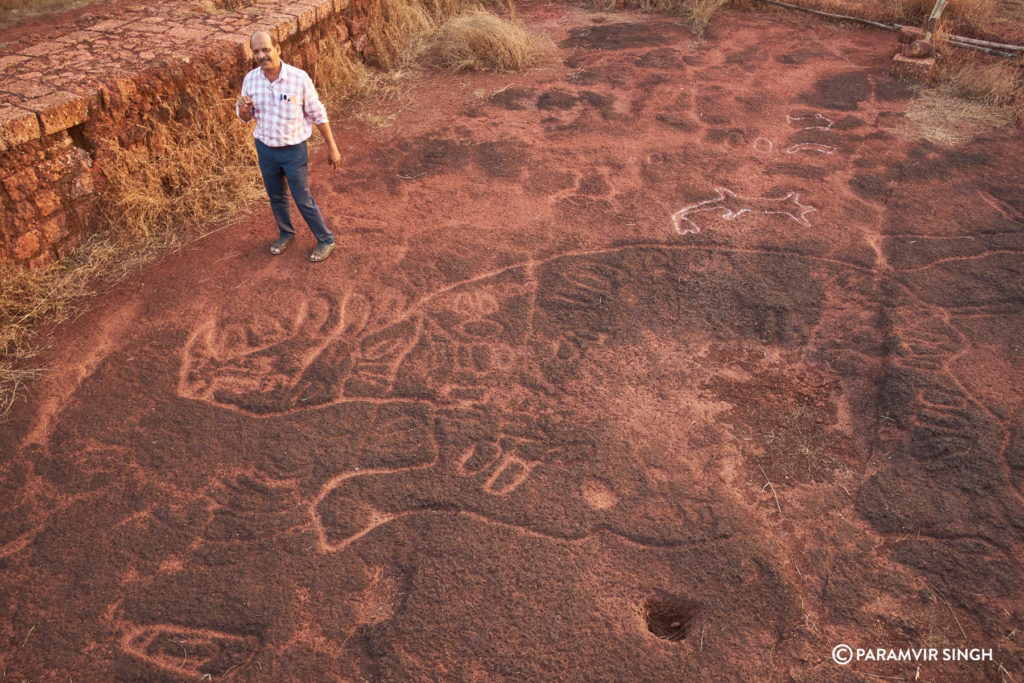
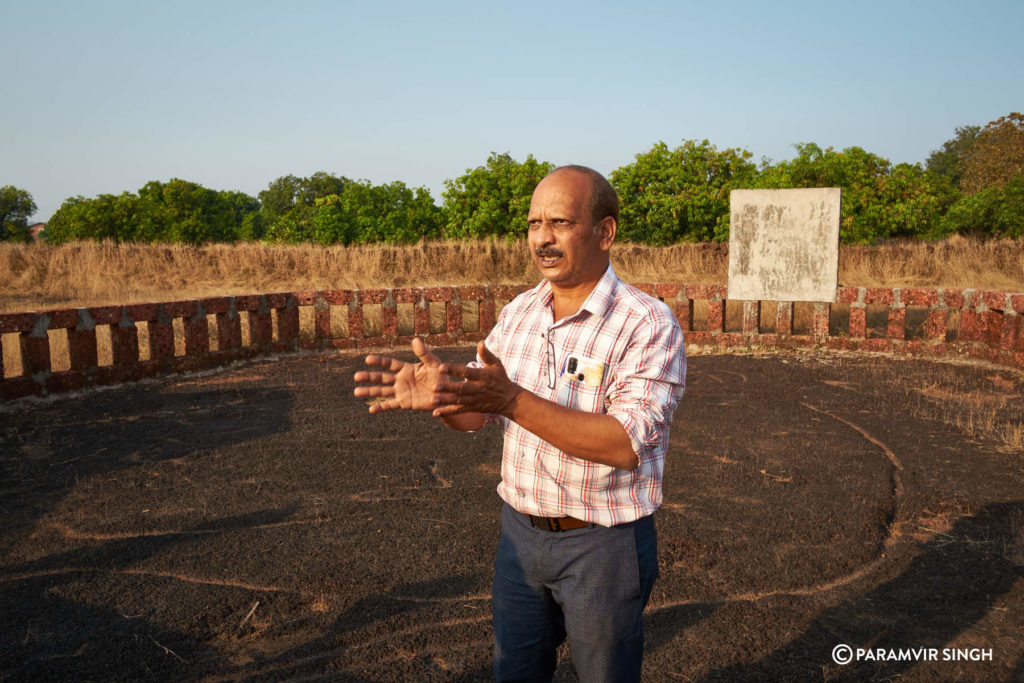
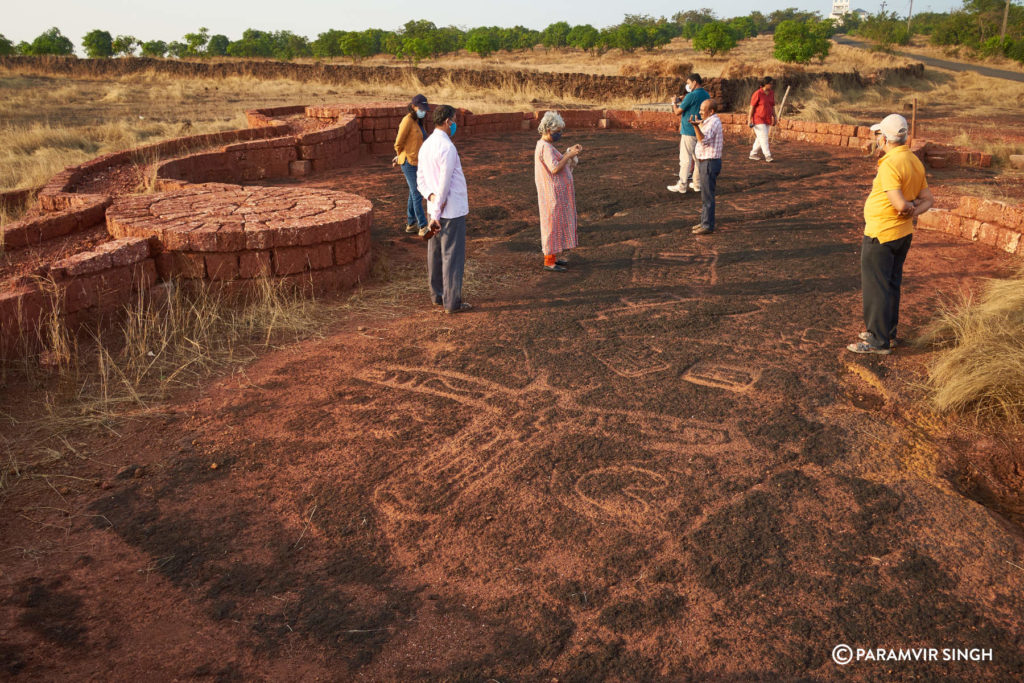
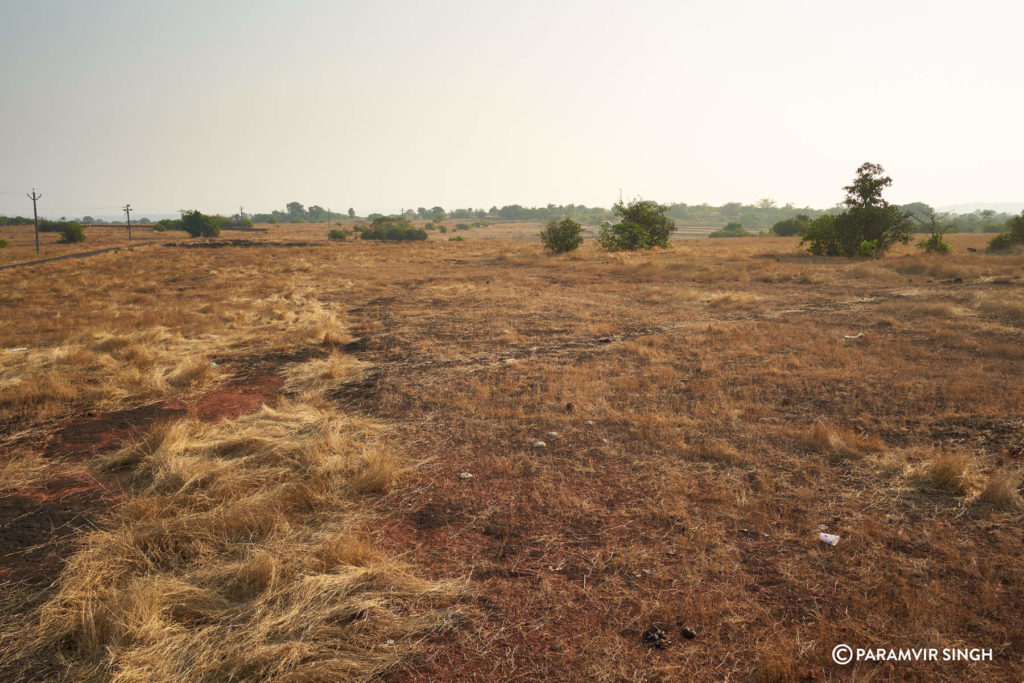
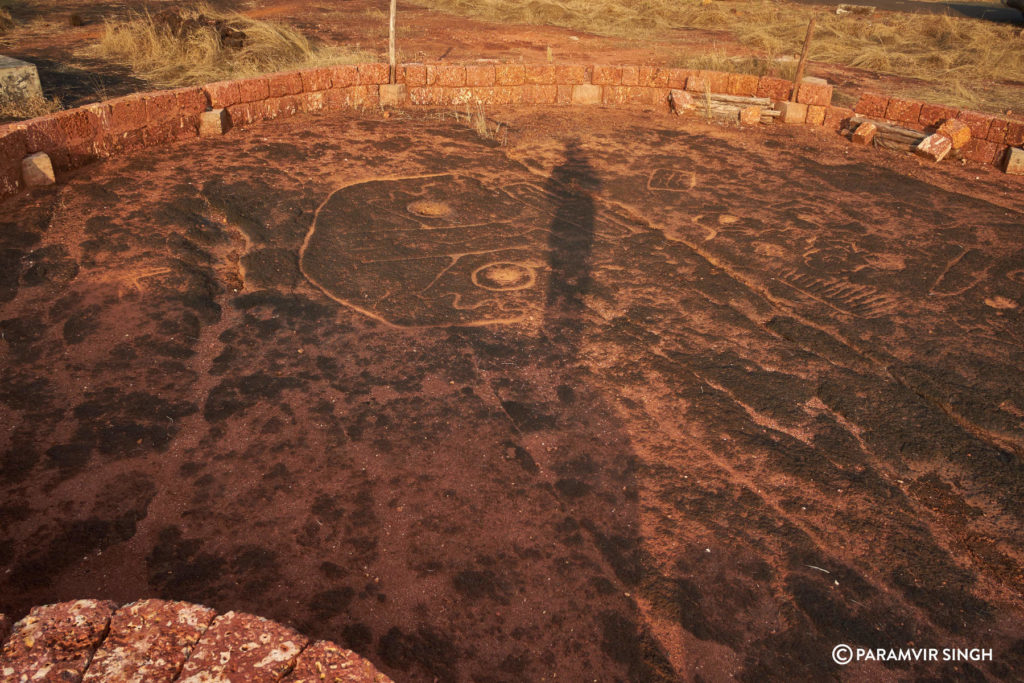

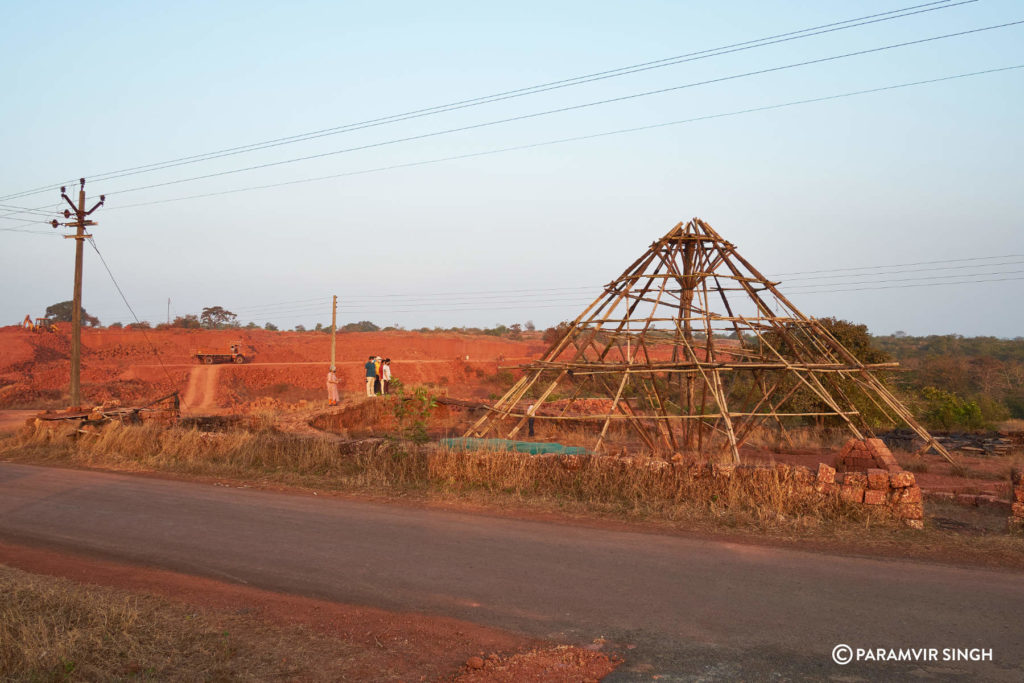
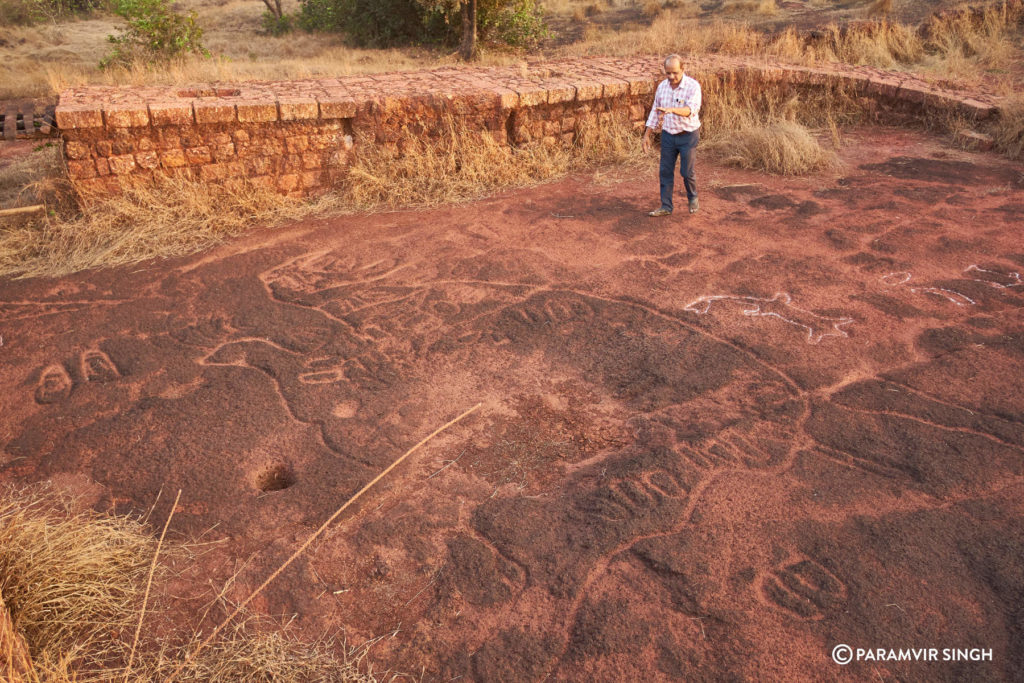
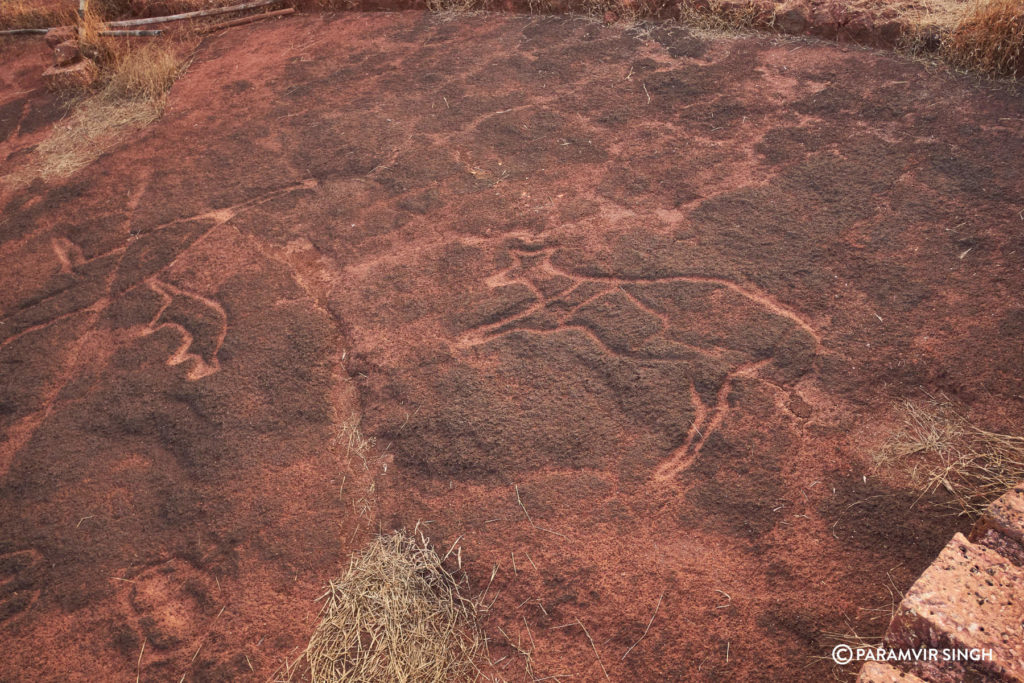
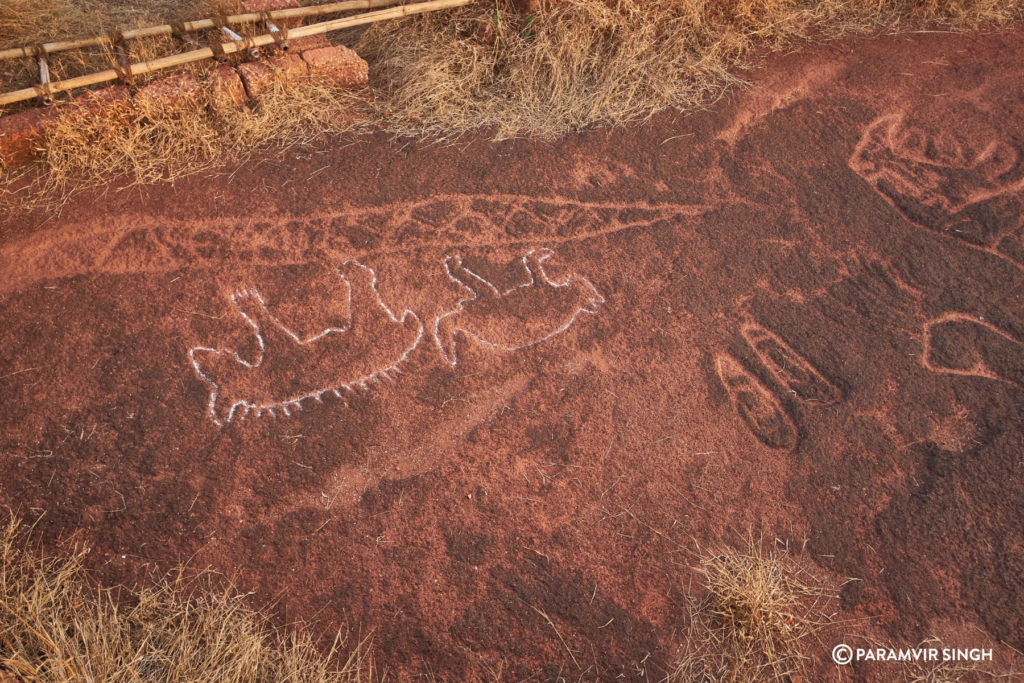
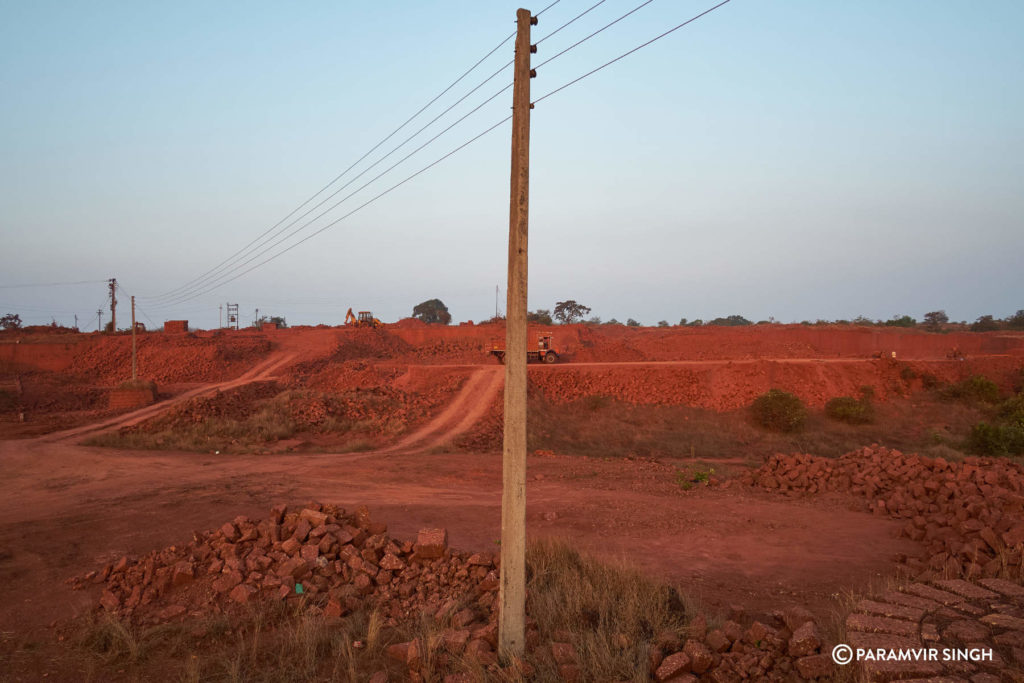
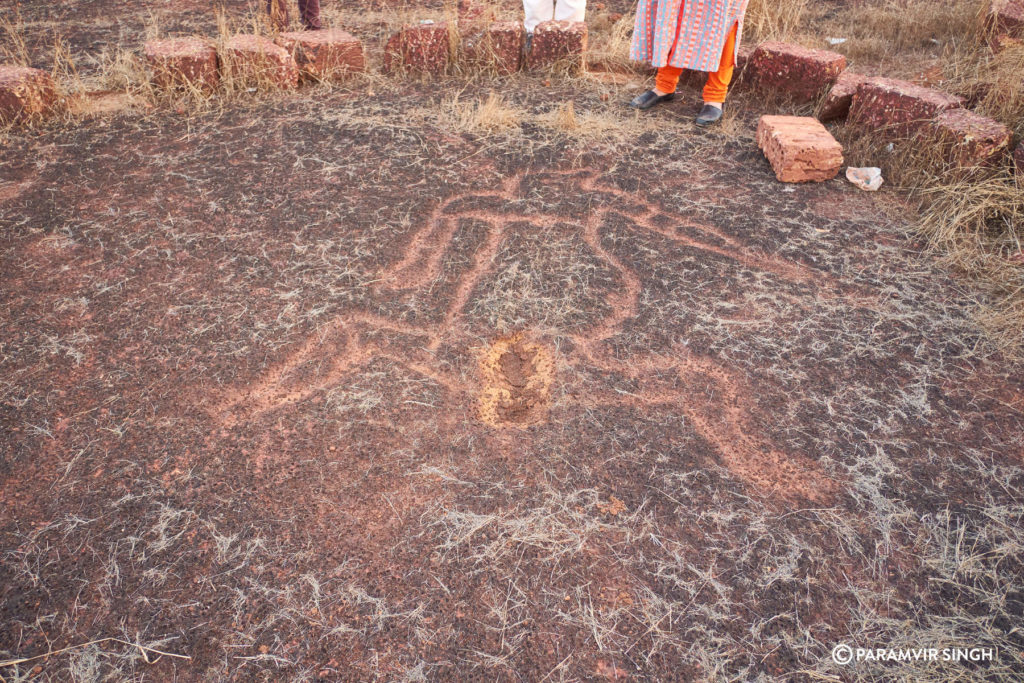
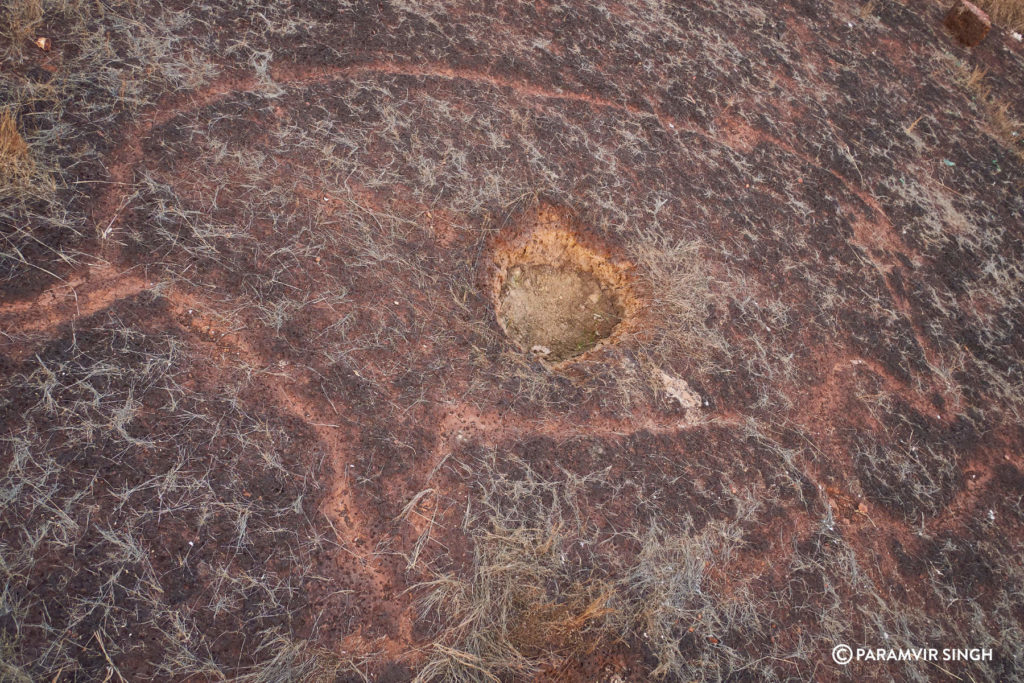

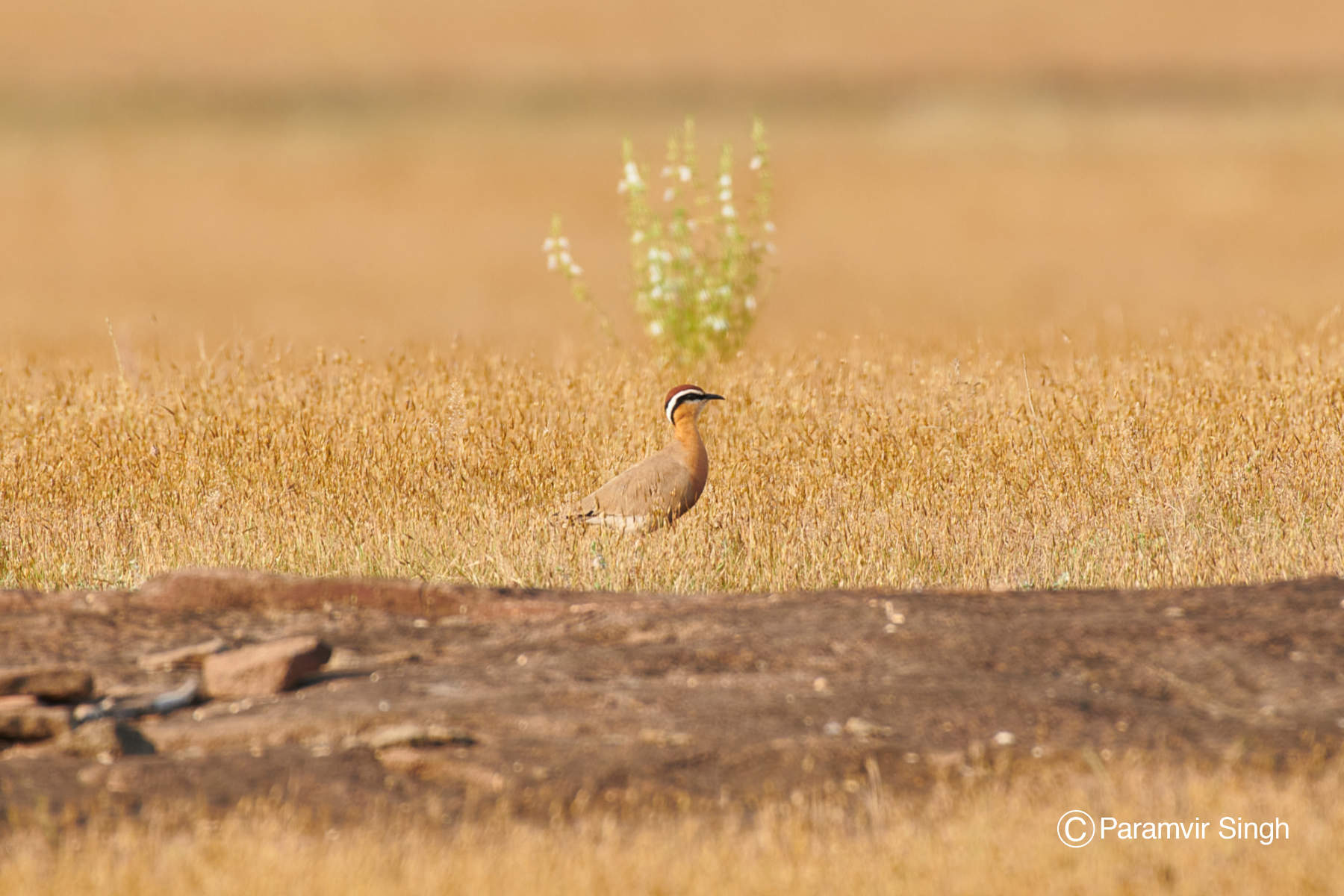


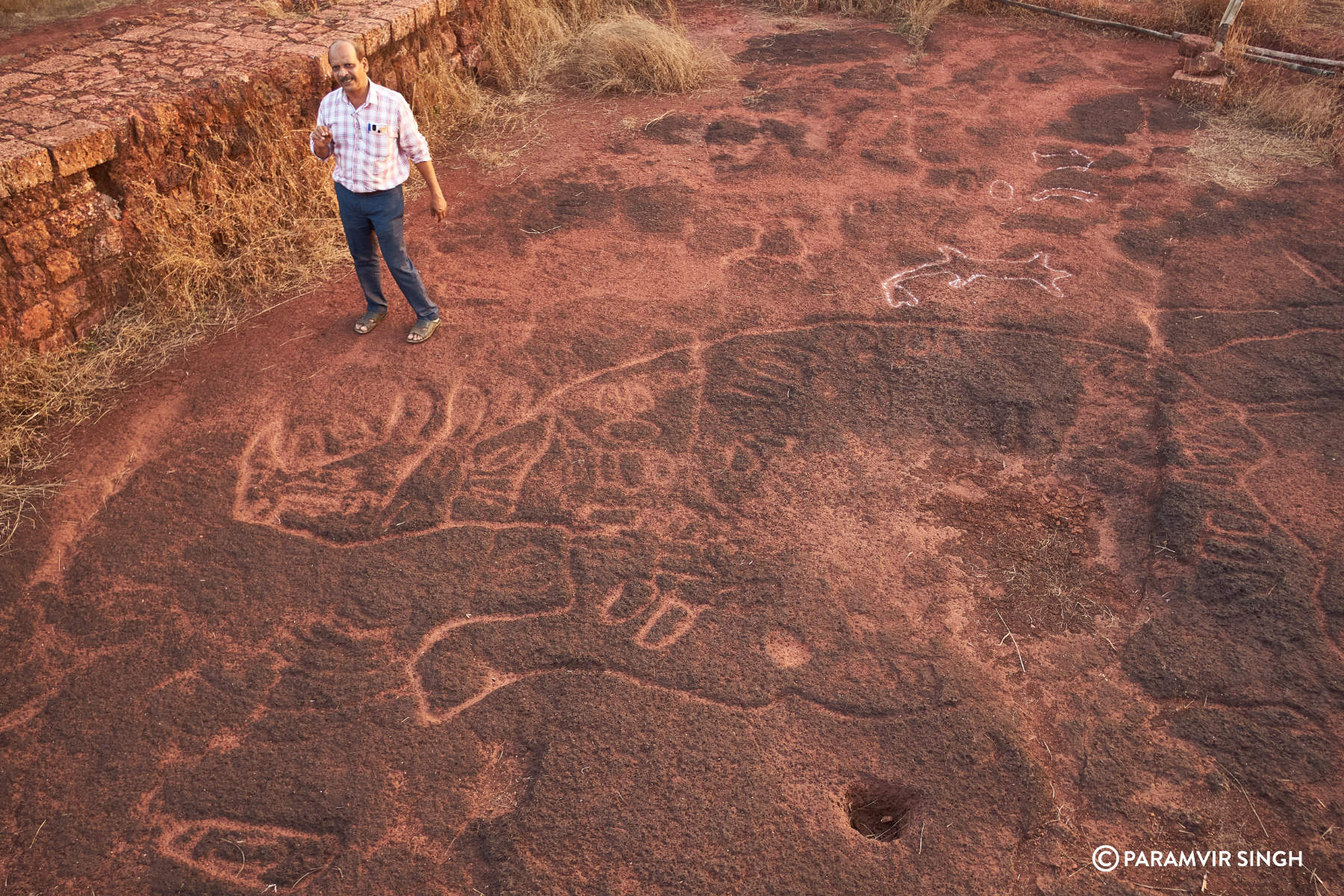
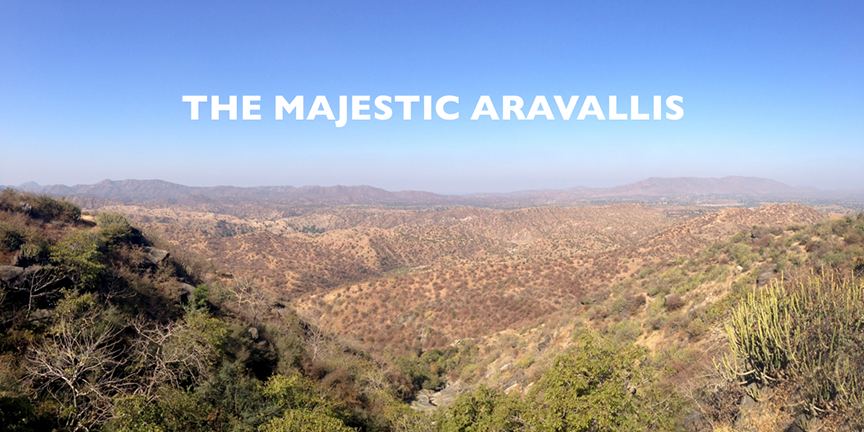
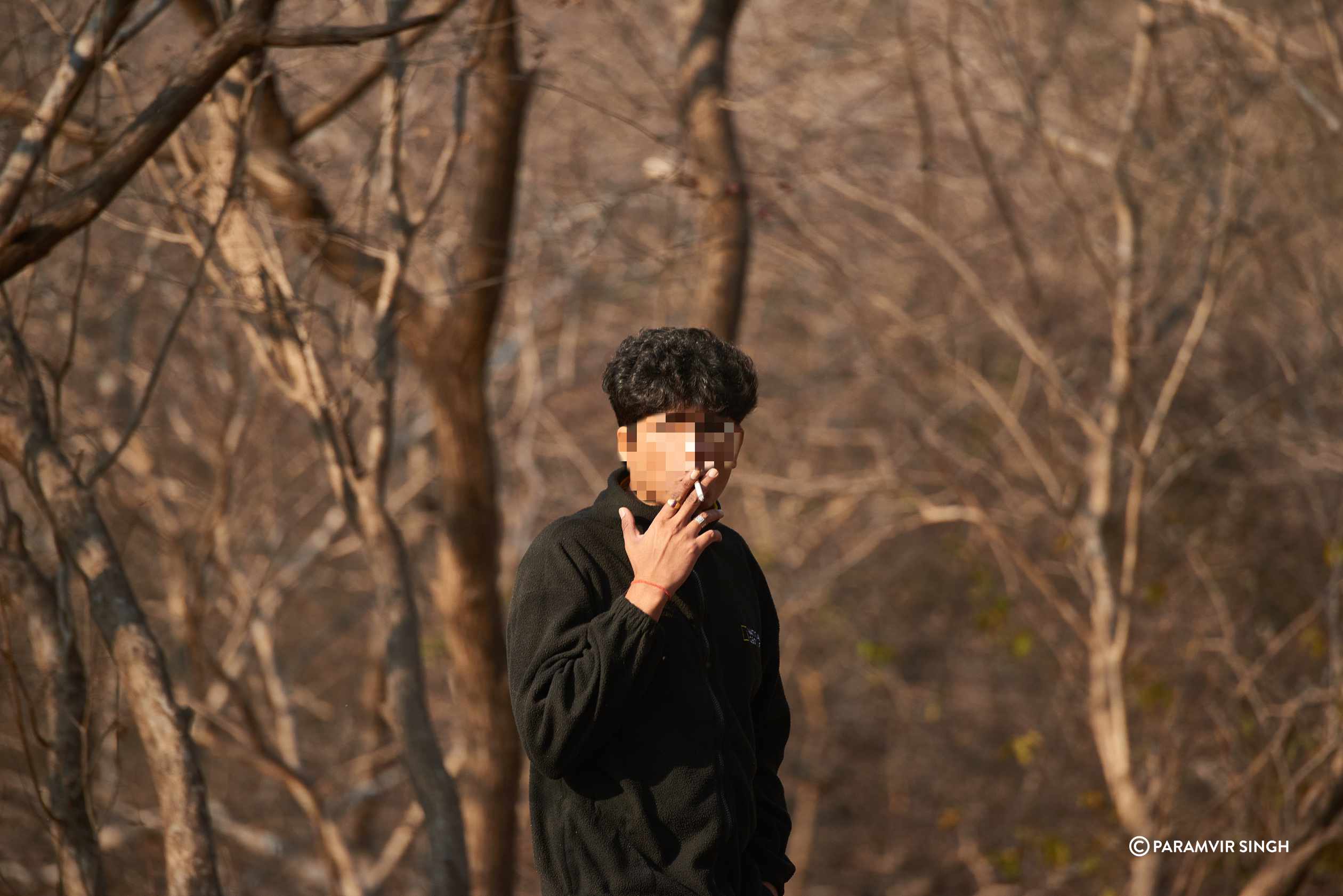
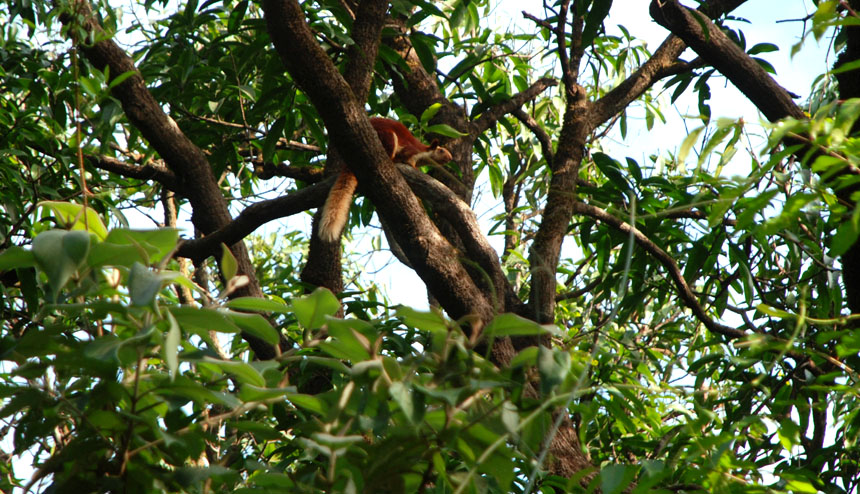
What a find! I hope once the excavation has been completed, boardwalks will be built to allow visitors to marvel at those ancient carvings without causing damage to them — just like what they did in Jordan, especially at sites where Roman tiles have been discovered.
That’s a great research. Our history is need to be discovered more yet.
Hello, I am Nitin Anant Gawde. I want Mr. Sudhir Risbud Sir’s contact number or Address. Can you help me for the same.
Hi Nitin. I have emailed you the number. Do subscribe to our newsletter for more updates. The subscribe button is on the right hand side of the blog.
Hi Nitin. I had sent you the number by email.
Hey, kindly email me Mr risbud’s contact number too!
I’m from Pune and we visit Adivare Mahakali very often. Would like to have a look at the petroglyphs
Hello Paramvir
Could you please share details to contact Mr. Sudhir Risbud? I wish to visit the petroglyphs very soon.
Hi! I have sent the contacts by email.